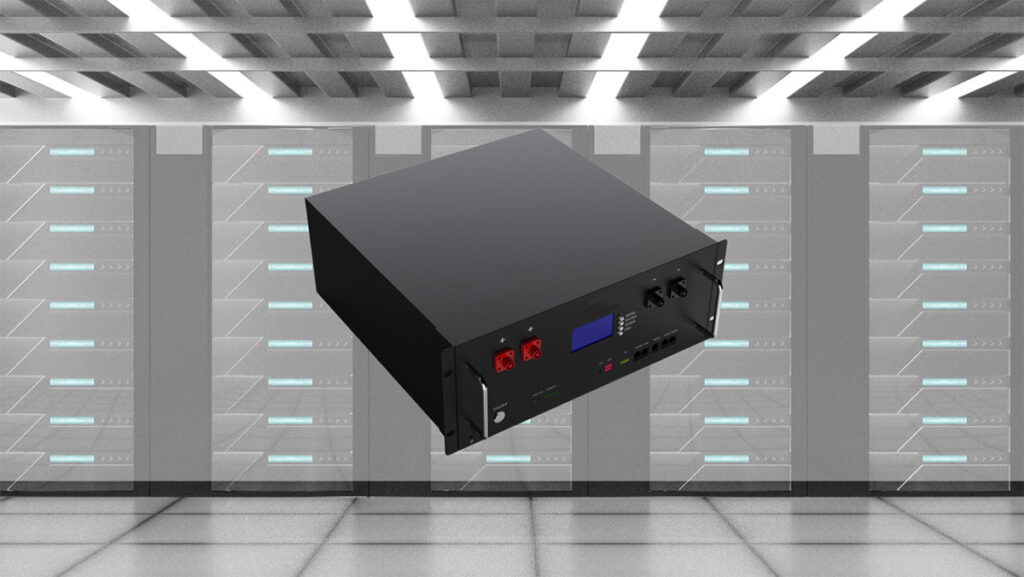Rack-mounted and wall-mounted lithium batteries are two different configurations for installing lithium batteries, and they are often chosen based on specific requirements, space considerations, and ease of installation.
- Mounting Configuration:
- Rack-Mounted: These batteries are designed to be installed in standard equipment racks or cabinets. They are typically integrated into a rack system, which allows for organized and scalable installations.
- Wall-Mounted: These batteries are designed to be mounted directly on walls, providing a space-saving solution. Wall-mounted batteries are often chosen for installations where floor space is limited.
- Space Efficiency:
- Rack-Mounted: Rack-mounted batteries can be efficient in terms of space utilization, especially when multiple batteries are installed in a rack system. This configuration allows for a compact and organized arrangement.
- Wall-Mounted: Wall-mounted batteries are suitable for installations where floor space is at a premium. They are a space-saving option that allows for vertical placement on walls.
- Scalability:
- Rack-Mounted: Rack-mounted configurations are often scalable, allowing for the addition of multiple batteries in a modular fashion. This makes them suitable for applications with varying energy storage requirements.
- Wall-Mounted: Wall-mounted batteries are typically installed individually, and their scalability may be limited compared to rack-mounted solutions. However, multiple wall-mounted units can still be installed side by side to meet specific capacity needs.
- Installation Flexibility:
- Rack-Mounted: Rack-mounted installations may require specific racks or cabinets, and the configuration is often more standardized. Installation can be more straightforward in environments equipped with rack infrastructure.
- Wall-Mounted: Wall-mounted installations provide more flexibility in terms of placement and may be easier to install in various locations without the need for dedicated rack systems.
- Ease of Maintenance:
- Rack-Mounted: Maintenance of rack-mounted batteries can be facilitated by the organized and accessible nature of rack systems. Technicians can easily access and service batteries within a rack.
- Wall-Mounted: Wall-mounted batteries may be more accessible for maintenance due to their placement on walls. However, access can depend on the specific mounting height and location.
- Application Suitability:
- Rack-Mounted: Commonly used in data centers, telecom facilities, and industrial applications where standardized rack systems are available.
- Wall-Mounted: Suitable for residential, commercial, and small-scale applications where floor space is limited and a more decentralized installation is preferred.
The choice between rack-mounted and wall-mounted lithium batteries depends on the specific needs of the installation, available space, scalability requirements, and the intended application. Each configuration offers its own advantages, and the decision should be based on the unique considerations of the project.


